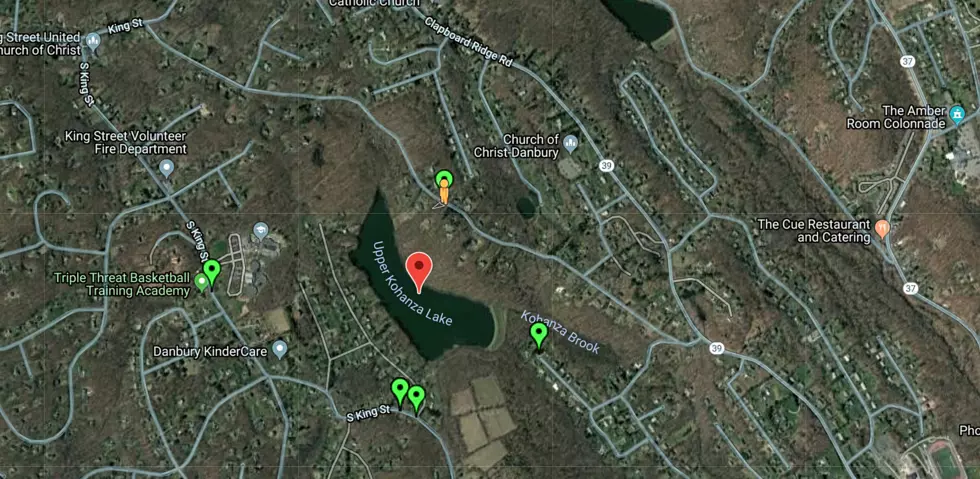
Cold and Frozen Danbury Nearly Gets Swept Away Back in 1869
The date was January 31, 1869, around 7:00 pm, and Danbury had no idea what was about to happen.
According to connecticuthistory.org, in the days leading up to the 31st, the Kohanza Reservoir's 60 acres was a huge chunk of ice but then, at around 7 pm, that same evening it's icy surface began to break apart. The surge of water slammed into and then burst the upper Kohanza dam which was 90 to 100 feet thick. Then as the millions of gallons of water surged on, the lower dam was also ravaged by the torrent of water.
In 1869, Danbury's hat industry was flourishing with 2,000 people working in 12 hat factories. To turn animal pelts into felt, factory workers required vast amounts of water which were brought into the factories through several man-made water lines that carried the water from the Kohanza reservoir.
The reservoir held 40 million gallons and when both dams were annihilated by the onslaught of water that was only 3 miles from the town of Danbury, it flowed quickly into town in the form of ice flows, rocks, and trees. This avalanche of rushing water cost 12 people their lives as the debris swept away homes and buildings and demolished three bridges in a matter of minutes. According to a February 1869 Harper's Weekly newspaper account,
With terrible velocity it struck the houses on Main St. near the river bank, instantly sweeping them from their foundations. The blow fell suddenly upon the town, and in less than a half an hour accomplished its fateful work. You could actually hear the noise of wrecked houses mingled with the screams of men, women, and children.
To this day the reservoir still exists but is now called Upper Kohanza Lake and the Lower Kohanza Lake.
More From The Wolf









